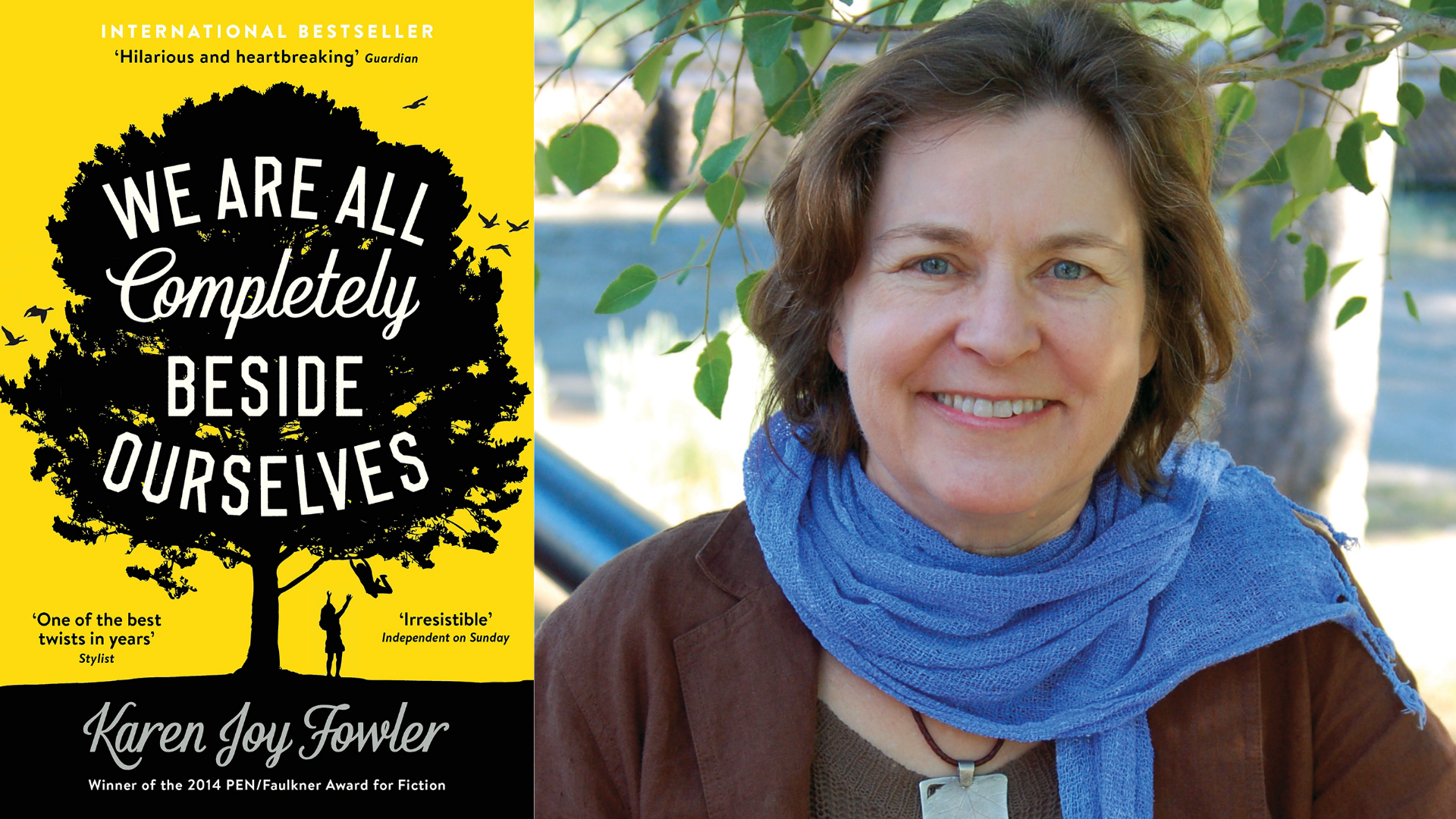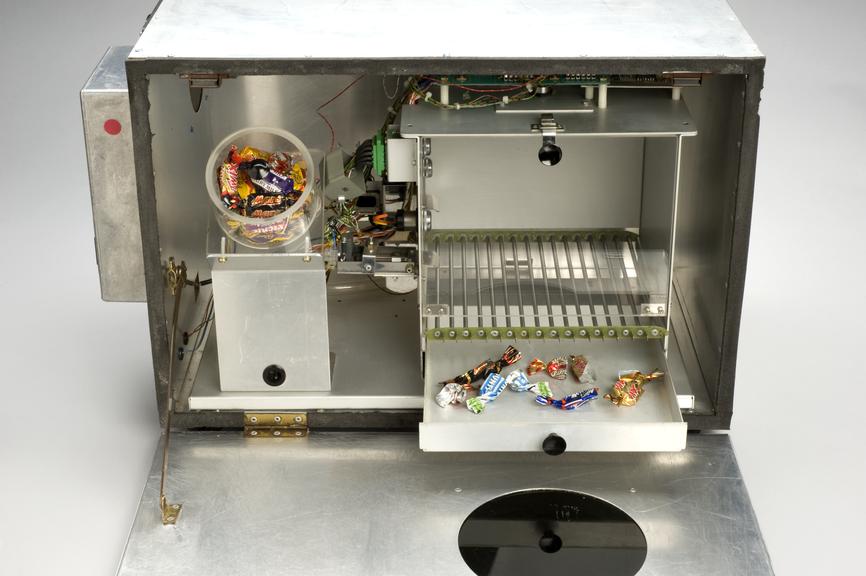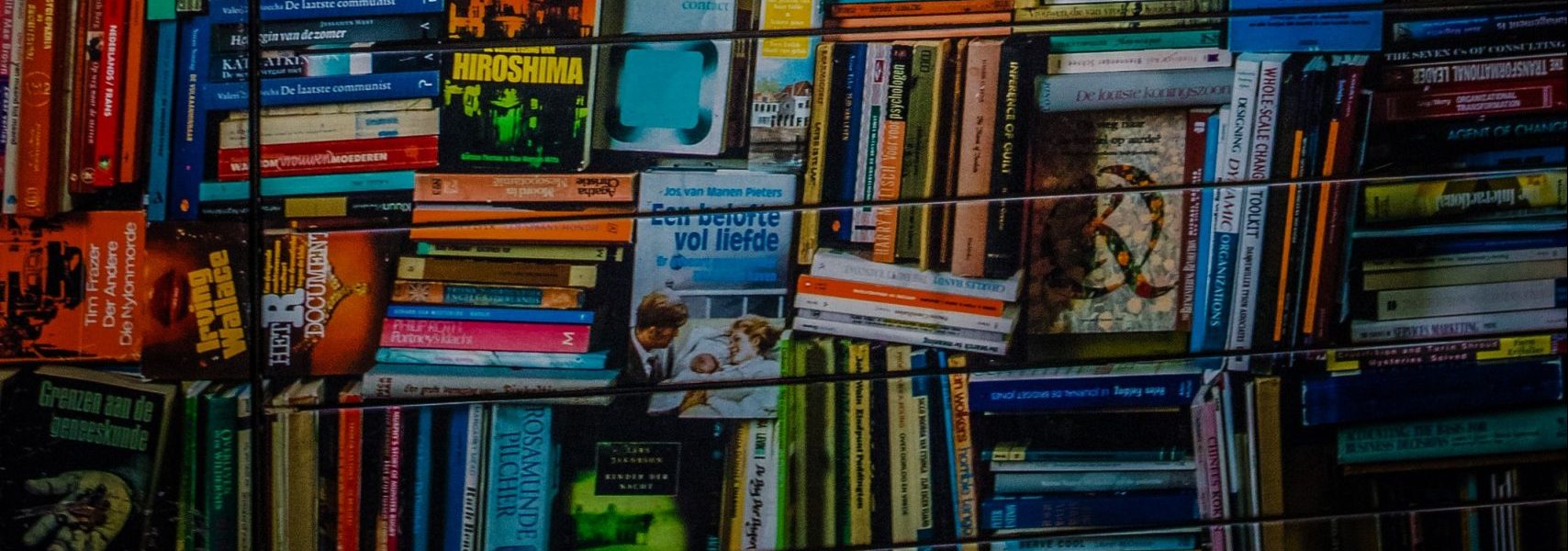Glyn’s latest entry is We Are All Completely Beside Ourselves by Karen Joy Fowler.
You can let us know what you think by using #SMBookClub on Twitter and Instagram.

TITLE: We Are All Completely Beside Ourselves
Author: KAREN JOY FOWLER
Publisher: Serpent’s Tale
page count: 336
Before I begin: a warning about spoilers.
A key fact about the characters in this book is revealed a quarter of the way into the novel. If you would rather not have this detail spoiled for you then read this article up to the first image, then go and read the book, then come back.
Karen Joy Fowler’s We Are All Completely Beside Ourselves, originally published in 2013, is about family, growing-up and developmental psychology. The novel’s narrator is Rosemary, and was raised alongside an adopted sibling, Fern, by her psychologist parents as part of a long-term experiment. The two are constantly compared by ever-changing teams of grad students, their interactions and behavioural quirks published in scientific journals and Ph.D theses.
This is the kind of environment which would have a lasting effect on anyone, but the real damage is done when Fern disappears. Not only does Rosemary lose her sister, but the collapse of the experiment sends her father into a paranoid spiral of drinking and despair, her mother becomes depressed, and her older brother leaves home and cuts all ties.
The novel is narrated by Rosemary at college-age and loops backwards through her life, painting portraits of the colourful characters that make up the immediate family and attempting to understand her unusual childhood, come to terms with what happened to Fern, and attempt to understand what constitutes a “normal” life.
Fowler is a really talented writer who excels at creating intelligent, interesting characters who are interesting to read about whether they’re arguing about meal options or conducting cognitive behavioural tests.
She has a particular skill at blending other cultural influences into her work, her bestseller The Jane Austen Book Club (2004) incorporates various literary critiques of Austen’s work, for example, but also contains a love letter to science fiction legend Ursula Le Guin.
In We Are All Completely Beside Ourselves the author similarly captures the mundanities of growing up in the 80s in America: the daytime television, the music on the radio, and so on, but also includes a sort of potted history of developmental psychology and a fascinating analysis of experimental ethics and the scientific method.
Last warning, spoilers after this point.
In particular, the branch of developmental psychology that the novel focuses on is that of animal behaviour. The status of the human characters as animals themselves is a continual theme, for example in comparisons of case studies of animals interacting with an apparatus such as the operant conditioning chamber or “Skinner Box” developed by psychologist B F Skinner and being rewarded with treats and then those same experiments being performed on humans (normally children or babies) to compare the results.

The experiment which has the greatest bearing on the novel however is the one conducted by Winthrop Kellogg and his wife Luella at Indiana University in the 1930s, Fowler’s own father was also a research psychologist in the same department but he didn’t start work there until after the Kelloggs had left.
The Kelloggs raised their son Donald simultaneously with a chimpanzee infant named Gua. We Are All Completely Beside Ourselves isn’t a fictionalisation of the Kelloggs’ experiment, it is largely set in the 1980s and the characters are aware of, and building upon, the Kelloggs’ research findings, but it is nonetheless a replay of sorts. Fern, you see, is revealed to be a chimpanzee.
Fern, like Gua before her, is treated as a human and there is no distinction made between her treatment and that of Rosemary. They receive the same treats at the same time, they are held to the same standards, they are raised as twins neither fully human or fully chimp.
It’s a situation which would seem too bizarre to be plausible if it weren’t based on a real case study (indeed more than one, the Kellogg experiment is the most famous but similar experiments have repeated it, some of which are also referenced in the book, not to mention those who have kept chimps as exotic pets and raised them in this manner without any pretence to experimental science).
The morality of all this is a key concern of the novel, although the formal scientific ethics is acknowledged as a moving target.
As anyone who has studied psychology knows, you could get away with a lot in the 1930s and whilst there were more rules by the 80s those relating to primate experiments have only subsequently been tightened.
Nonetheless, the novel is not concerned with whether Rosemary’s parents broke the code of conduct for their discipline it is interested in what happens when work consumes life, when family and home become subjects and lab, and when science supersedes love.
It’s a remarkable and thought-provoking novel and I look forward to hearing your thoughts about it.
Whether you’re an occasional reader or an avid bookworm, we would love to hear your thoughts on the text, you can reach us online by using #SMBookClub.
